The Evolution of Shadi Cards: A Historical Perspective
The tradition of sending out wedding invitations, or shadi cards, within Muslim culture has a rich and fascinating history that reflects a blend of religious significance, cultural interplay, and innovation over time. Originating from ancient practices, the earliest forms of wedding invitations were simple parchment scrolls or announcements made verbally, often accompanied by public celebrations to notify the community of upcoming nuptials. These initial forms of communication laid the groundwork for what would evolve into the elaborate shadi cards we see today.
Throughout the centuries, various cultural influences have played a pivotal role in shaping the design and presentation of shadi cards. Historical exchanges along trade routes introduced intricate artistic techniques from Persian, Mughal, and Ottoman cultures, contributing to the rich ornamental styles that developed. This period saw the embellishment of cards with elaborate calligraphy, vivid colors, and intricate patterns, many of which still resonate with traditional designs in modern card production.
In recent decades, the adaptation of shadi card designs has significantly accelerated, paralleling the technological advancements and globalization that have transformed countless aspects of daily life. The introduction of digital printing methods allowed for more accessibility and customization, enabling couples to create invitations that reflect their unique identities and preferences. Modern shadi cards now incorporate a variety of materials, such as laser-cut designs, handmade papers, and even digital formats, showcasing a blend of traditional aesthetics and contemporary sensibilities.
In addition to technological innovations, regional variations have contributed to the diversity of shadi card designs across the globe. From the vibrant colors and decorative motifs of South Asian styles to the minimalist elegance favored in Western-influenced designs, these elements illustrate the rich tapestry of cultural expressions within the Muslim community. Thus, the evolution of shadi cards not only emphasizes the preservation of traditional elements but also embraces modern adaptations that resonate with today’s sensibilities.
2025 Design Trends: Colors, Styles, and Themes
The landscape of Muslim shadi card designs is experiencing a transformative evolution as we approach 2025. This new era is marked by an imaginative blend of colors, styles, and themes that reflect both contemporary influences and cultural heritage. One significant trend is the use of unique color palettes that juxtapose traditional hues with modern tones. Rich jewel tones such as emerald green, ruby red, and sapphire blue are being combined with softer pastels like blush pink and lavender, creating a visually appealing contrast that connects generations.
In terms of styles, minimalism continues to gain traction. Many couples are opting for sleek, clean lines that emphasize elegance without overwhelming the recipient. This minimalistic approach often features ample white space, allowing unique design elements to stand out. Additionally, the incorporation of geometric patterns and asymmetrical layouts adds an innovative flair to the traditional shadi card, inviting a fresh perspective while maintaining cultural integrity.
Thematically, there is a notable shift towards integrating modern motifs that resonate with contemporary values. Eco-friendly designs are on the rise, with couples seeking sustainable materials and practices that align with their commitment to the environment. Furthermore, designs are increasingly featuring personalized elements that highlight the couple’s story, such as custom illustrations or meaningful quotes, ensuring that each card is a unique representation of their bond.
As we explore these projected trends for 2025, it is clear that the Muslim shadi card designs will harmoniously marry tradition with modern sensibilities. This thoughtful blend not only honors cultural significance but also embraces an evolving aesthetic that reflects the dynamic nature of contemporary Muslim weddings. The result is a stunning array of invitations that resonate with the aspirations and values of today’s couples.
Personalization and Customization: Making It Unique
In the ever-evolving world of wedding invitations, the trend of personalization and customization has gained significant traction, particularly within the context of Muslim shadi cards. Couples today seek to create unique wedding cards that not only convey essential information but also tell their individual stories. By integrating personal elements into their shadi card designs, couples can ensure that their invitations reflect their personalities, heritage, and love journey.
One of the most popular ways to personalize shadi cards is through tailored messages. Beyond the traditional wording, couples can choose to include prose that resonates with their relationship, incorporating heartfelt quotes or personal anecdotes. This added touch can make the invitation feel more intimate and serves to emotionally engage the guests from the moment they receive it.
Furthermore, the inclusion of photographs is another effective means of customization. Many couples now opt to add images of themselves, be it a pre-wedding photoshoot or candid moments from their relationship. These visuals serve as a beautiful representation of their journey together and can invoke sentiments among the invitees, making them feel more connected to the celebration.
Artistic styles also play a crucial role in personalizing shadi cards. Whether it is through the use of unique color palettes, diverse patterns, or distinctive typography, couples are increasingly exploring diverse themes that reflect their heritage and cultural backgrounds. For instance, incorporating traditional motifs or modern minimalist designs can cater to varying aesthetic preferences while still maintaining the core essence of the celebration.
As more couples venture into the realm of personalized shadi card designs, they inspire others to follow suit—creating a beautiful tapestry of unique narratives and artistic expressions. Customization not only sets the stage for the wedding day but also leaves a lasting impression on the guests who receive them.
Sustainable Materials and Eco-Friendly Choices
As the world increasingly embraces sustainability, the Muslim shadi card industry is keeping pace by prioritizing eco-friendly materials and practices. This trend is becoming more prominent in 2025, reflecting a broader cultural shift toward conscious consumerism. Many brides and grooms are opting for invitations crafted from recyclable and biodegradable materials, thus significantly reducing their environmental impact. These choices not only contribute to a healthier planet but can also infuse the wedding with a sense of responsibility and modernity.
Utilizing materials such as recycled paper, organic cotton, and plant-based inks can create beautifully designed shadi cards that honor both tradition and environmental sustainability. For instance, recycled paper can come in various textures and colors, while plant-based inks ensure vivid prints without harmful effects on wildlife or the ecosystem. Additionally, other environmentally-friendly options, such as bamboo paper or seeded paper that can later be planted, are becoming highly sought after. Such innovations allow couples to share not only their joyous occasion but also their commitment to protecting the environment.
Several suppliers are stepping up to meet the increasing demand for sustainable invitation options. These vendors are dedicated to sourcing materials responsibly and creating stylish, eco-conscious designs that appeal to modern sensibilities. Couples can find great variety in their offerings, ranging from traditional motifs reimagined with sustainable techniques to minimalist designs that emphasize organic allure.
Integrating sustainable practices in shadi card creation does not mean compromising on aesthetics. Instead, it opens new avenues for creativity that honor both heritage and nature, enabling couples to reflect their values and style seamlessly. By making eco-friendly selections, future brides and grooms contribute positively to the planet while celebrating their union in an ethically responsible manner.
Digital vs. Traditional: The Rise of E-Cards
The wedding invitation landscape is witnessing a significant transformation as digital invitations, or e-cards, gain popularity alongside traditional printed cards. This shift can be attributed to several factors, including convenience, cost-effectiveness, and the potential for creative innovation. E-cards offer an appealing alternative for couples planning their Muslim weddings in 2025, allowing them to curate invitations that reflect their personal style without the constraints of conventional printing methods.
One of the most compelling reasons for the rise of e-cards is convenience. In today’s fast-paced world, couples often find it easier to design and send digital invitations quickly. E-cards can be delivered instantly via email or social media, which not only saves time but also reduces postage costs. Additionally, e-cards allow for easy tracking of RSVPs, making it simpler for couples to manage their guest lists. This modern approach is particularly beneficial for guests who may prefer digital communication over traditional mail.
Despite the numerous advantages of e-cards, many appreciate the sentimental value of traditional printed invitations. The charm of physical cards, particularly in Muslim wedding culture, lies in their tangible nature and ability to convey a sense of formality and tradition. Thus, determining the appropriate choice between digital and traditional invitations requires careful consideration of multiple factors, including the target audience’s preferences and the overall event decor. For couples who prioritize tradition, a beautifully crafted printed card might resonate more deeply with their families and guests.
When opting for e-invites, it is essential to focus on aesthetics to ensure the invitation captures the essence of the occasion. Couples should consider incorporating elements that reflect their cultural heritage, such as intricate Islamic patterns or calligraphy, to create a visually engaging invitation. Whichever route couples choose, understanding the strengths and weaknesses of each option can help them make informed decisions for their memorable events.

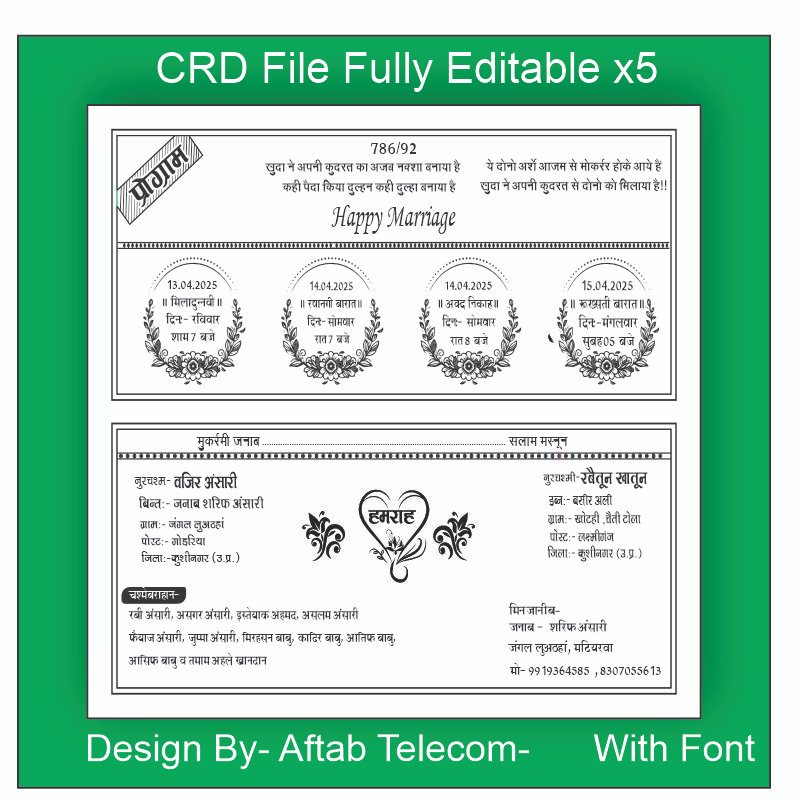
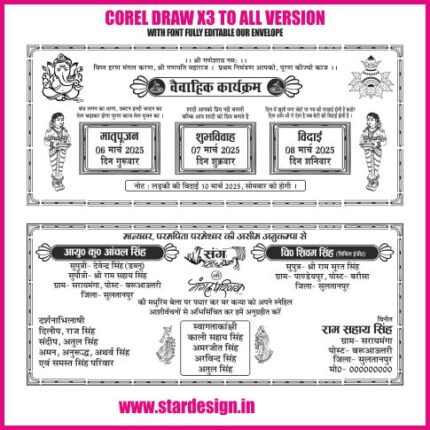
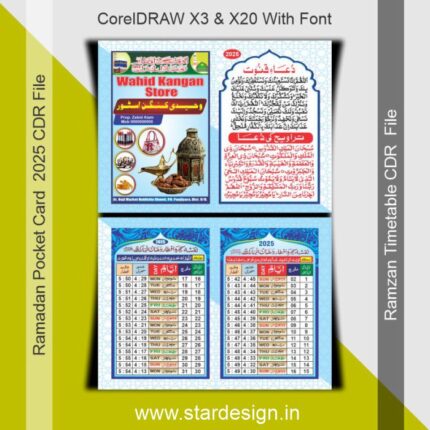




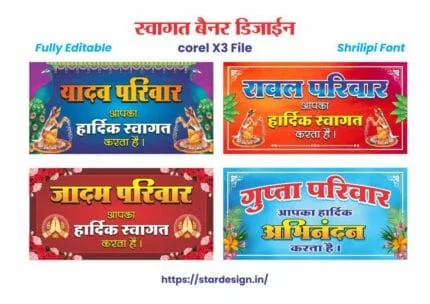
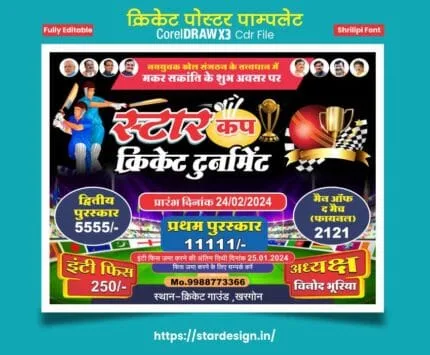

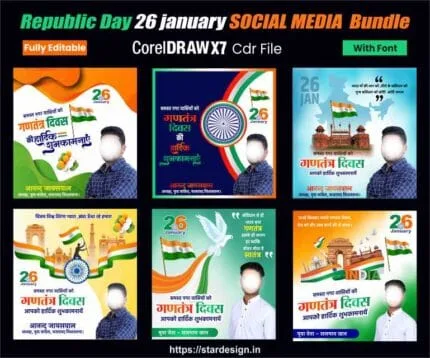
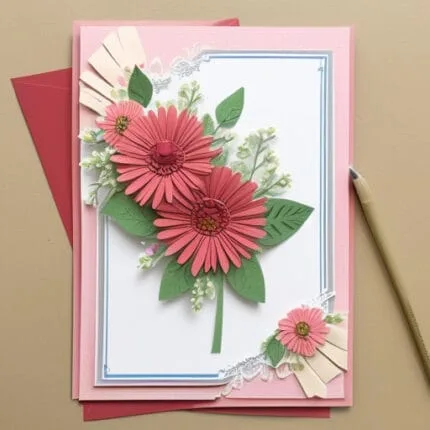
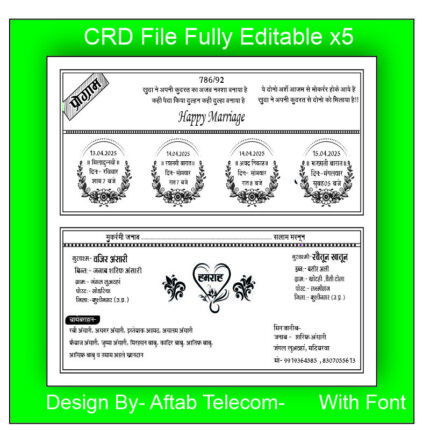
BernardLot –
kamagra 100mg prix: kamagra livraison 24h – Kamagra Commander maintenant
BernardLot –
vente de mГ©dicament en ligne: Medicaments en ligne livres en 24h – pharmacie en ligne france pas cher pharmafst.com
BernardLot –
vente de mГ©dicament en ligne: Meilleure pharmacie en ligne – Pharmacie Internationale en ligne pharmafst.com
Brianbub –
pin up az: pin up casino – pin up
Brianbub –
пин ап казино: пин ап зеркало – пин ап казино
Brianbub –
pin up вход: пинап казино – пин ап зеркало